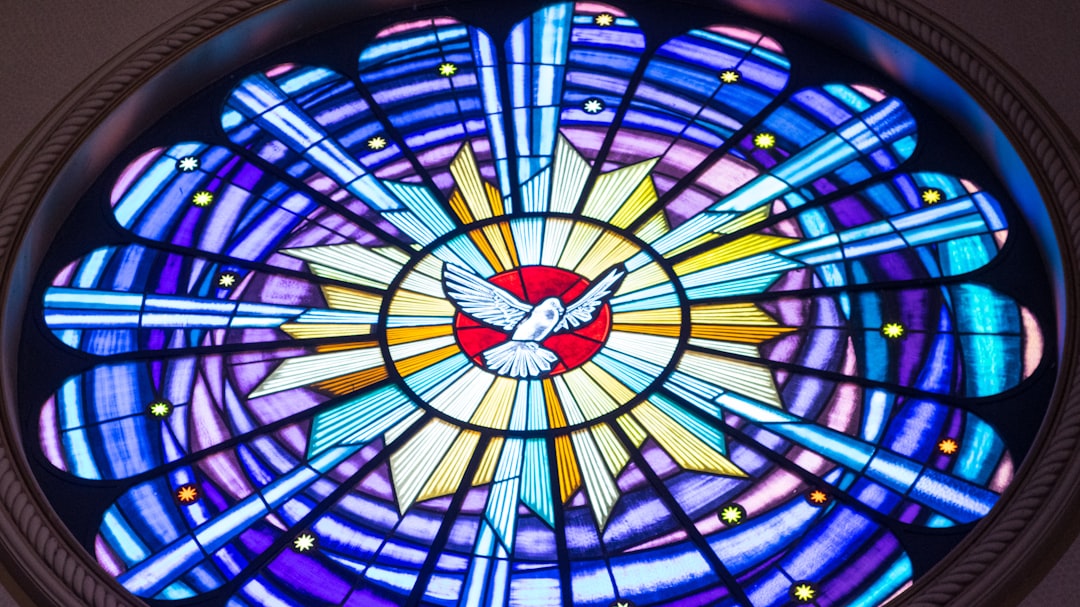What is it about?
The works of Julius Spier, a pupil of C.G. Jung, provide a perfect case study illustrating the psychologization of chiromancy during the Interbellum. Spier's case also highlights a lack of insight in the way in which hand-reading has evolved in Europe since the nineteenth century. After its appearance in the West, the art of reading hands has generally been referred to as chiromancy (hand divination, i.e. fortune-telling through reading the palm). Thanks to the work of the French captain Casimir S. d’Arpentigny, published first in 1843, chirognomy (the study of hand forms) has become an important aspect of hand-reading. Afterwards, Adolphe Desbarrolles distinguished a chirognomic and a chiromantic aspect on a hand-analysis, whereupon either chirology (the study of the hand) or chirosophy (wisdom of the hand) became the umbrella terms for the “twin sciences” chiromancy and chirognomy. Spier, however, juxtaposed chirology and chiromancy before branching off with his novel method entitled psychochirology.
Featured Image

Photo by Luis Quintero on Unsplash
Why is it important?
It clarifies how the terms chiromancy, chirognomy, chirology and psychochirology became part of the hand-readers discourse, and how these terms have gained different meanings due to a lack of knowledge about the historical development of that same discourse.
Perspectives
I hope this article raises interest in the history of hand-reading (palmistry).
Alexandra Nagel
Read the Original
This page is a summary of: From Chiromancy to Psychochirology, Aries, June 2021, Brill,
DOI: 10.1163/15700593-02102002.
You can read the full text:
Resources
Contributors
The following have contributed to this page










